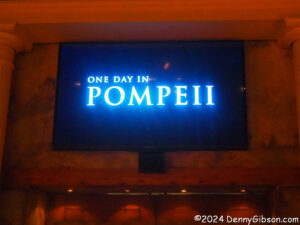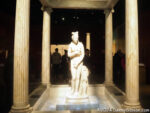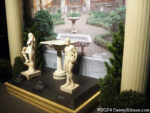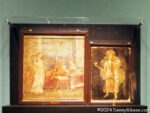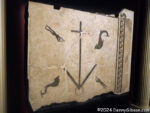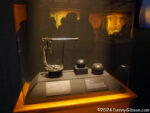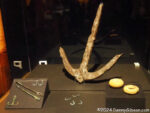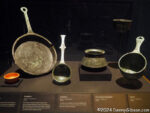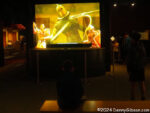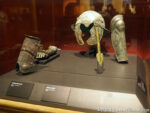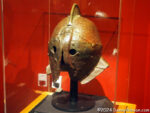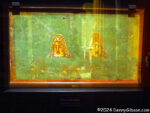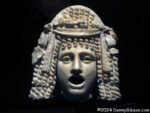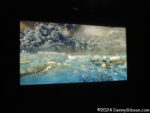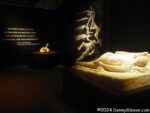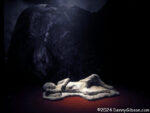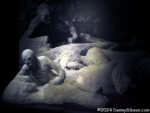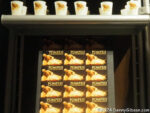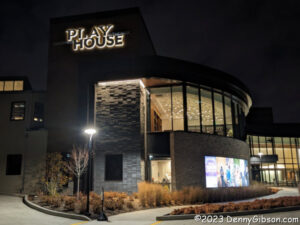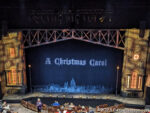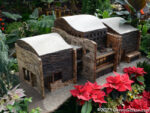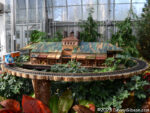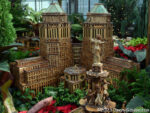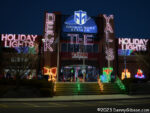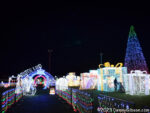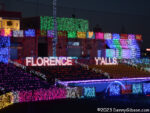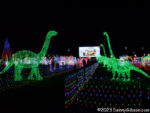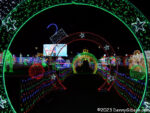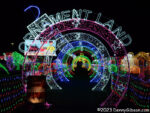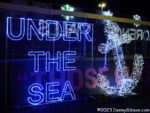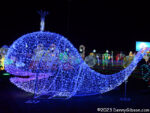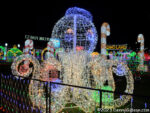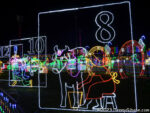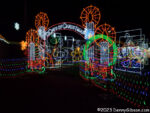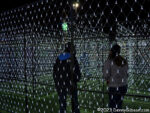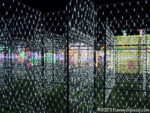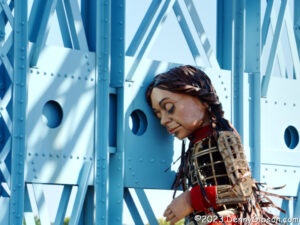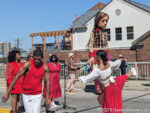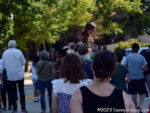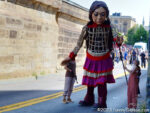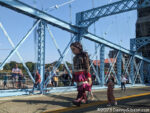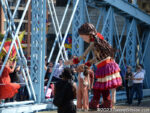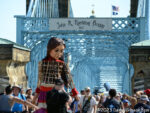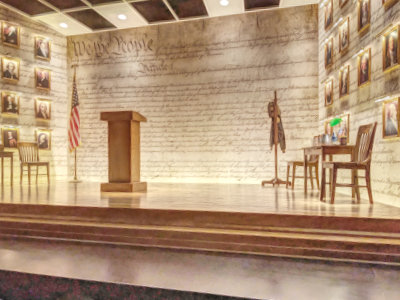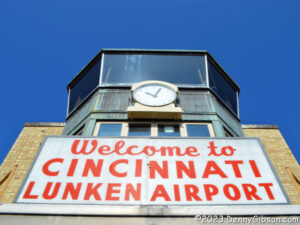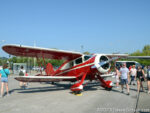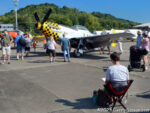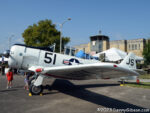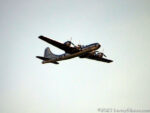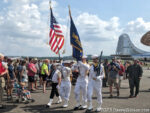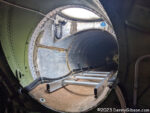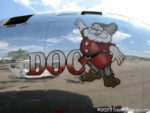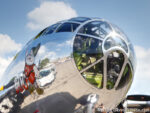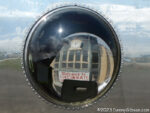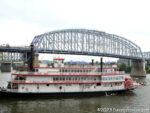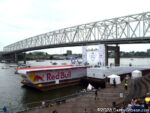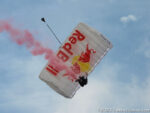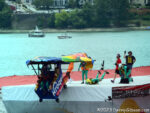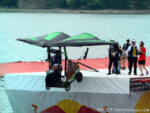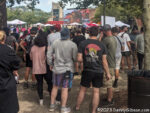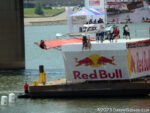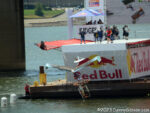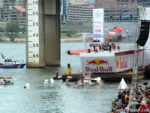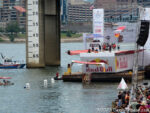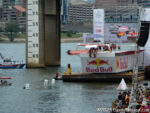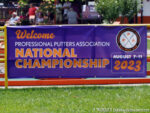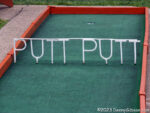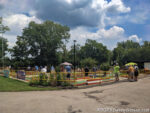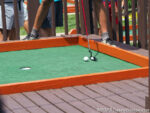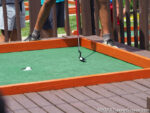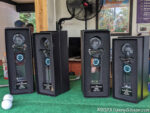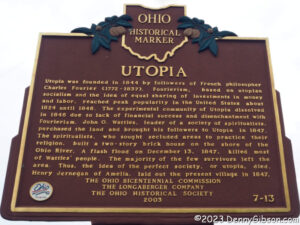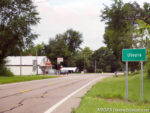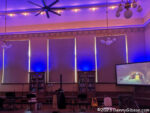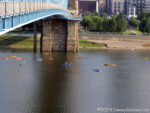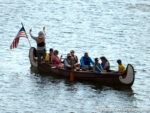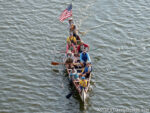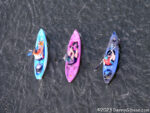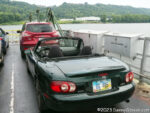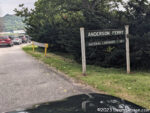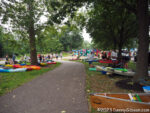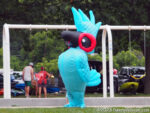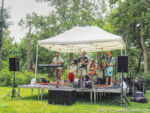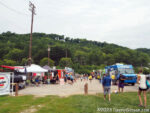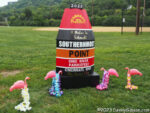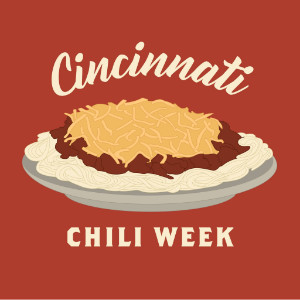 Today, February 25, 2024, is the very last day of the very first official Cincinnati Chili Week. With all the noise that has been made about this iconic Cincinnati food over the years, it is really hard to believe that this did not happen long ago. While waiting, I had my own “Chili Week” in 2013. Because I was in control, I synchronized it with this blog’s schedule and got in visits to seven different chili parlors for Chili All Week and It’s Cold, Too. With the official Chili Week week running Monday through Sunday, one day remains when the Sunday morning post is published but that also means it can include only six days of chili.
Today, February 25, 2024, is the very last day of the very first official Cincinnati Chili Week. With all the noise that has been made about this iconic Cincinnati food over the years, it is really hard to believe that this did not happen long ago. While waiting, I had my own “Chili Week” in 2013. Because I was in control, I synchronized it with this blog’s schedule and got in visits to seven different chili parlors for Chili All Week and It’s Cold, Too. With the official Chili Week week running Monday through Sunday, one day remains when the Sunday morning post is published but that also means it can include only six days of chili.
Eleven years is a long time ago. Of the dozen chili parlors covered in that 2013 post and a follow-on 5 More 4s second chapter, four have closed and another has relocated a block away. Three of the closures were of a brand’s only location and three brands that were part of my 2013 dozen have chosen not to participate. The result is that exactly six of the dozen chili brands I wrote about in 2013 were candidates for visits during the six days of Cincinnati Chili Week preceding this post. Coincidence? Perhaps, but, despite being saddened by the closures, I’m happy to be spared the need for tough choices for the official version of my unofficial Chili Week.
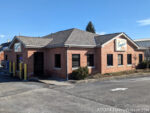
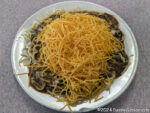 Monday: In 2013, the Monday of my full week of chili saw me at one of the two Empress Chili parlors that remained. That location has since closed so this year I headed to Empress Chili in Alexandria, KY. Other restaurants in the area serve Empress brand chili but this is the only place where the restaurant itself carries the Empress name. Their slogan, “The first edition of a Cincinnati Tradition” comes from the fact that Cincinnati-style chili originated in the Empress Chili parlor on Vine Street in 1922.
Monday: In 2013, the Monday of my full week of chili saw me at one of the two Empress Chili parlors that remained. That location has since closed so this year I headed to Empress Chili in Alexandria, KY. Other restaurants in the area serve Empress brand chili but this is the only place where the restaurant itself carries the Empress name. Their slogan, “The first edition of a Cincinnati Tradition” comes from the fact that Cincinnati-style chili originated in the Empress Chili parlor on Vine Street in 1922.

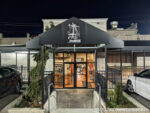 Tuesday: An article that mentioned Price Hill Chili was the seed that led to the 2013 week of chili and it is where I ate on the Sunday that got that week rolling. That was my first time ever at the restaurant but I’ve been back multiple times since then and was happy to make it my second stop for the first official Cincinnati Chili Week.
Tuesday: An article that mentioned Price Hill Chili was the seed that led to the 2013 week of chili and it is where I ate on the Sunday that got that week rolling. That was my first time ever at the restaurant but I’ve been back multiple times since then and was happy to make it my second stop for the first official Cincinnati Chili Week.
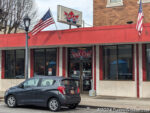
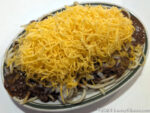 Wednesday: The spread of Cincinnati chili across the region began when an Empress Chili employee set up shop in an 8 by 30-foot space across the river in Newport, KY. The original, but greatly expanded, Dixie Chili location is still in operation and two more restaurants have been added. Today, owner Spiros Sarakatsannis ate lunch (chili & salad) and conducted a little business at a nearby table while I enjoyed my third 4-way of the week.
Wednesday: The spread of Cincinnati chili across the region began when an Empress Chili employee set up shop in an 8 by 30-foot space across the river in Newport, KY. The original, but greatly expanded, Dixie Chili location is still in operation and two more restaurants have been added. Today, owner Spiros Sarakatsannis ate lunch (chili & salad) and conducted a little business at a nearby table while I enjoyed my third 4-way of the week.
 I went overboard on Wednesday and indulged in dessert while in Kentucky. In the same spirit that area sweet shops have served macarons and beignets disguised as hamburgers during Burger Week, Frosthaus, in Covington, served this sundae disguised as a 3-way. I had no idea that spaghetti ice cream even existed but apparently, it is fairly common in Germany and it’s the perfect basis for a Chili Week dessert.
I went overboard on Wednesday and indulged in dessert while in Kentucky. In the same spirit that area sweet shops have served macarons and beignets disguised as hamburgers during Burger Week, Frosthaus, in Covington, served this sundae disguised as a 3-way. I had no idea that spaghetti ice cream even existed but apparently, it is fairly common in Germany and it’s the perfect basis for a Chili Week dessert.
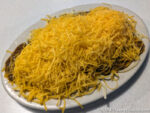
 Thursday: Cincinnati Chili Week is wrapped around National Chili Day and this is it. I celebrated the doubly special occasion at Blue Ash Chili. In April 2021, the store where it all started in 1969 was closed and the operation moved about 500 feet away to this strip mall location. It’s not as photogenic as the standalone building was but it looks great on the inside and the chili is just as good as it ever was. My standard order is a 4-way with onions but that’s a stock 3-way in the picture because that’s their Chili Week special.
Thursday: Cincinnati Chili Week is wrapped around National Chili Day and this is it. I celebrated the doubly special occasion at Blue Ash Chili. In April 2021, the store where it all started in 1969 was closed and the operation moved about 500 feet away to this strip mall location. It’s not as photogenic as the standalone building was but it looks great on the inside and the chili is just as good as it ever was. My standard order is a 4-way with onions but that’s a stock 3-way in the picture because that’s their Chili Week special.
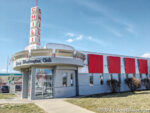
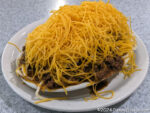 Friday: There’s a lot to like about Camp Washington Chili including the fact that it is just a few blocks away from the American Sign Museum which makes it the perfect stop before or after a visit to the museum. I followed my fifth Chili Week check-in with a stop at the museum where I could hear sawing or grinding on the other side of the wall as work on the expansion area continues.
Friday: There’s a lot to like about Camp Washington Chili including the fact that it is just a few blocks away from the American Sign Museum which makes it the perfect stop before or after a visit to the museum. I followed my fifth Chili Week check-in with a stop at the museum where I could hear sawing or grinding on the other side of the wall as work on the expansion area continues.

 Saturday: Even though Cincinnati Chili Week promotional materials say there are 50+ Gold Star locations taking part in the event, I had my sixth and final 4/3-way of the week at the same one I visited for that 2013 blog post. At around two miles distance from my door, it’s the closest.
Saturday: Even though Cincinnati Chili Week promotional materials say there are 50+ Gold Star locations taking part in the event, I had my sixth and final 4/3-way of the week at the same one I visited for that 2013 blog post. At around two miles distance from my door, it’s the closest.
Skyline Chili is the 140-store gorilla that’s not in the room. According to event organizers, “They opted not to participate as they did not want to discount or offer a $5-$7 special.” I doubt the absence does much harm to the company and it did simplify my schedule for the week. C’est la vie.

